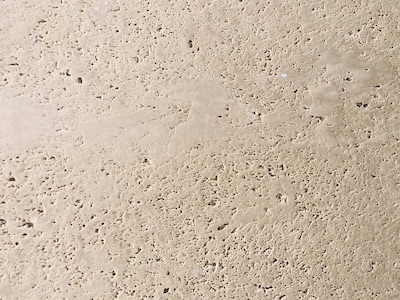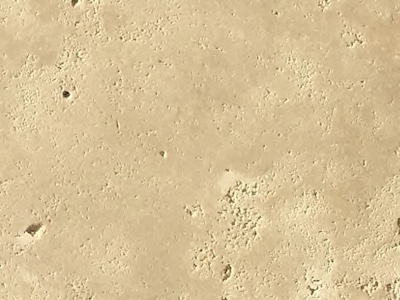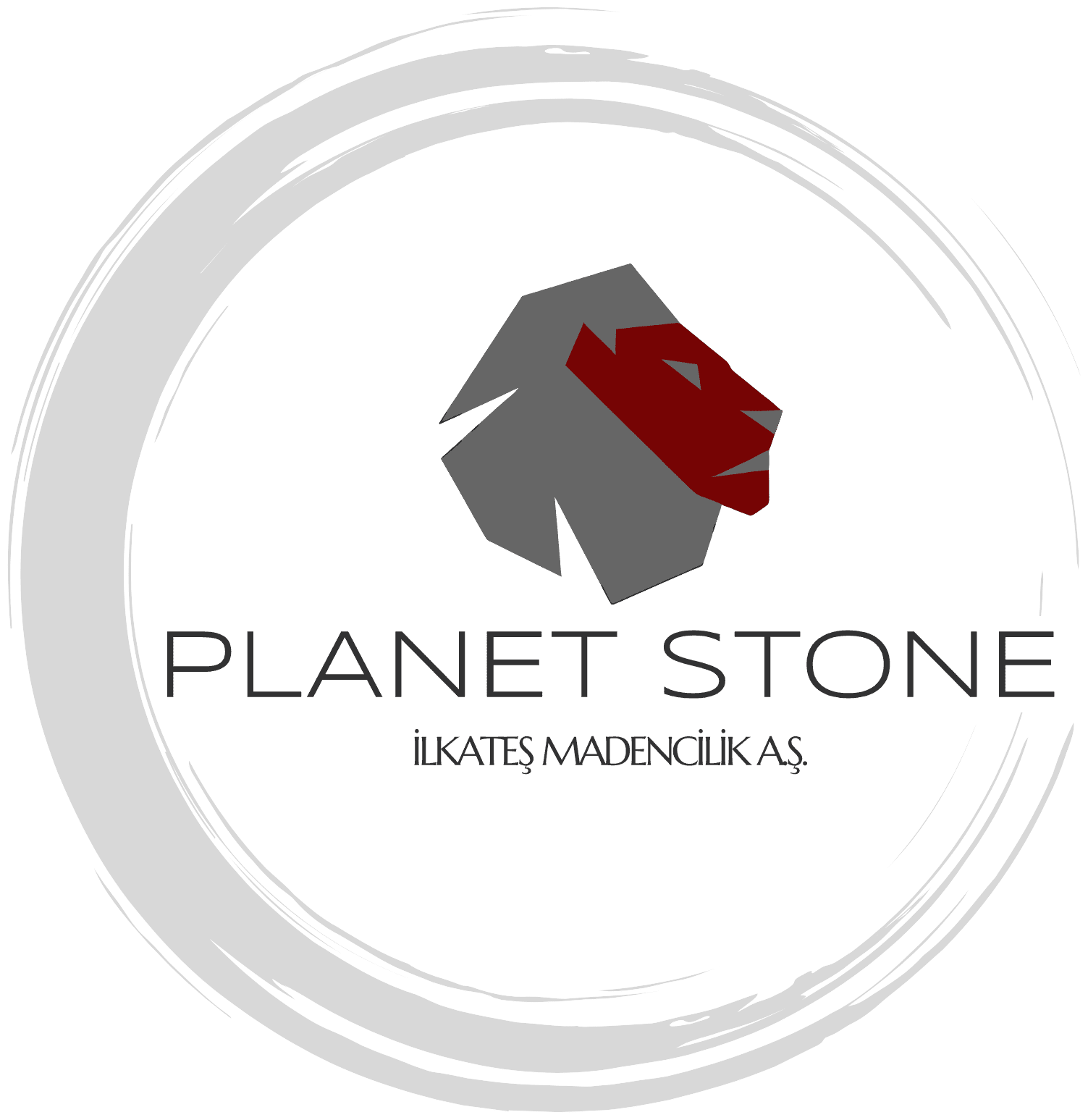Classic Travertine is available in many forms:
Vein cut travertine is sliced parallel to the stone’s natural layers, revealing linear, flowing veins ideal for modern, dramatic looks.

Cross cut, on the other hand, is cut perpendicular to the layers, showcasing a softer, more cloud-like pattern that suits classic and rustic designs. Both styles come from the same stone — the cut simply determines the final appearance.

Travertine naturally contains small holes formed by gas bubbles during its creation. In filled travertine, these holes are filled with resin or cement for a smoother, more refined surface. Unfilled travertine leaves the holes exposed, giving a more rustic, natural appearance. The choice depends on the desired aesthetic — filled is ideal for interiors, while unfilled suits outdoor or textured applications.

Travertine offers various surface finishes to suit different styles. Honed provides a smooth, matte look, while polishedhas a shiny, reflective surface for a more luxurious feel. Brushed travertine is lightly textured for a soft, aged look, and tumbled features a weathered, antique finish with rounded edges. Each finish changes both the appearance and slip resistance of the stone.

Travertine tiles come in standard sizes like 30×60 (12″ x 24″) cm or 60×60 cm (24″ x 24″), commonly used for floors and walls. The French pattern (also called Versailles) mixes multiple tile sizes in a repeating layout for a classic, elegant look. For unique projects, custom cut-to-size travertine is available, allowing full flexibility in dimensions and applications — from countertops to architectural features.appearance and slip resistance of the stone.
